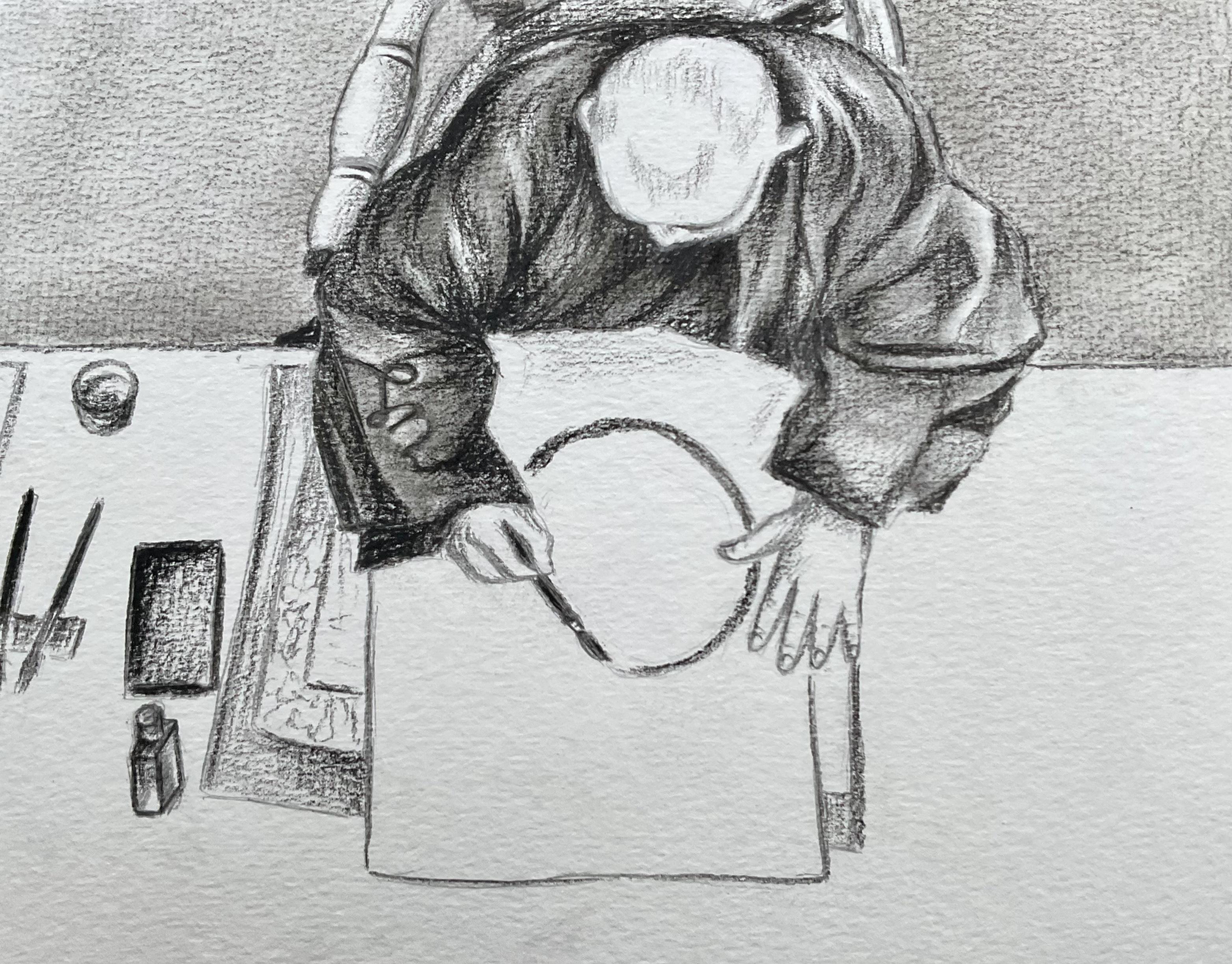Interbeing

IMAGE OF THE WEEK
We are grateful to Rupali Bhuva for offering this hand-made painting for this reading.

Emptiness does not mean nothingness. Saying that we are empty does not mean that we do not exist. No matter if something is full or empty, that thing clearly needs to be there in the first place. When we say a cup is empty, the cup must be there in order to be empty. When we say that we are empty, it means that we must be there in order to be empty of a permanent, separate self.
About thirty years ago I was looking for an English word to describe our deep interconnection with everything else. I liked the word “togetherness,” but I finally came up with the word “interbeing.” The verb “to be” can be misleading, because we cannot be by ourselves, alone. “To be” is always to “inter-be.” If we combine the prefix “inter” with the verb “to be,” we have a new verb, “inter-be.” To inter-be and the action of interbeing reflects reality more accurately. We inter-are with one another and with all life.
There is a biologist named Lewis Thomas, whose work I appreciate very much. He describes how our human bodies are “shared, rented, and occupied” by countless other tiny organisms, without whom we couldn’t “move a muscle, drum a finger, or think a thought.” Our body is a community, and the trillions of non-human cells in our body are even more numerous than the human cells. Without them, we could not be here in this moment. Without them, we wouldn’t be able to think, to feel, or to speak. There are, he says, no solitary beings. The whole planet is one giant, living, breathing cell, with all its working parts linked in symbiosis.
We can observe emptiness and interbeing everywhere in our daily life. [...] Looking into the child, we can be in touch with her parents and ancestors, but equally, looking into the parent, we can see the child. We do not exist independently. We inter-are.
Everything relies on everything else in the cosmos in order to manifest—whether a star, a cloud, a flower, a tree, or you and me.
Every time I offer incense or prostrate before the altar in my hermitage, I do not do this as an individual self but as a whole lineage. Whenever I walk, sit, eat, or practice calligraphy, I do so with the awareness that all my ancestors are within me in that moment. I am their continuation. Whatever I am doing, the energy of mindfulness enables me to do it as “us,” through interbeing, not as “me.” When I hold a calligraphy brush, I know I cannot remove my father from my hand. I know I cannot remove my mother or my ancestors from me. They are present in all my cells, in my gestures, in my capacity to draw a beautiful circle. Nor can I remove my spiritual teachers from my hand. They are there in the peace, concentration, and mindfulness I enjoy as I make the circle. We are all drawing the circle together.
Thich Nhat Hanh was a Vietnamese Buddhist Zen master, poet, scholar, and peace activist who was nominated for the Nobel Peace Prize by Dr. Martin Luther King Jr. Excerpted from The Art of Living.
SEED QUESTIONS FOR REFLECTION: What does Interbeing mean to you? Can you share a personal story of a time you were deeply aware of a giant 'all' participating in action through you? What helps you remember the entire lineage that lives through you?